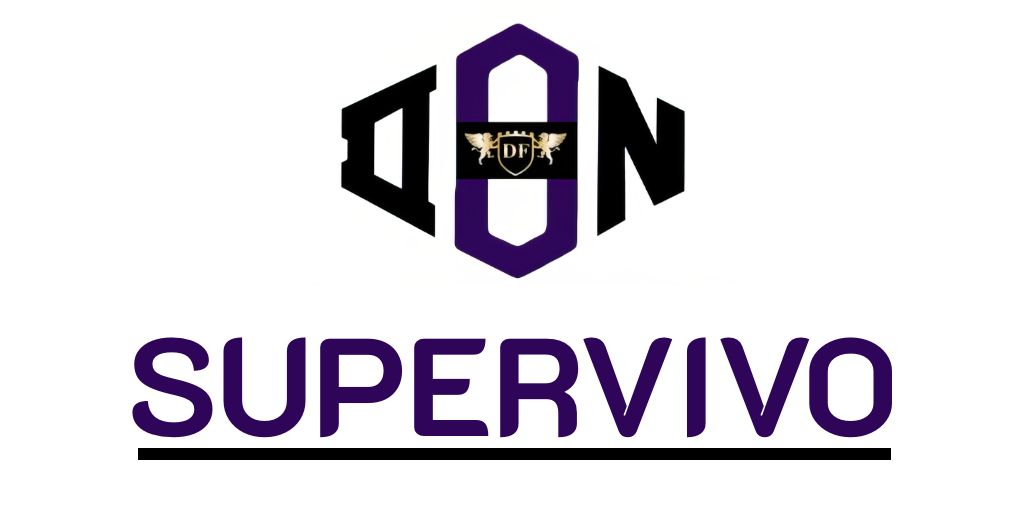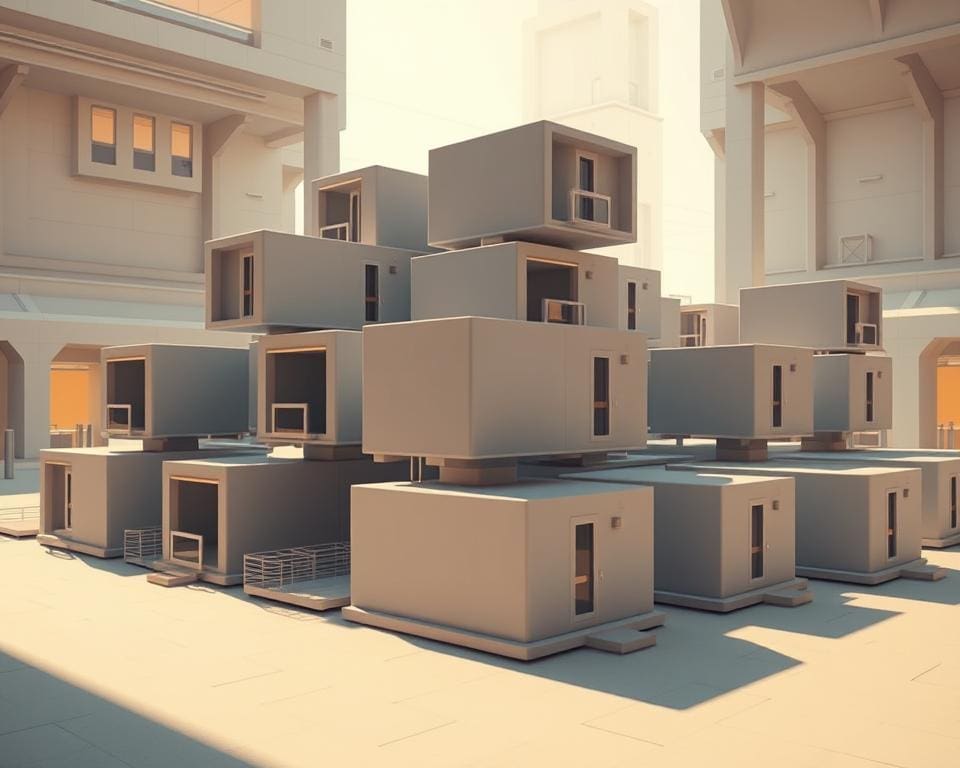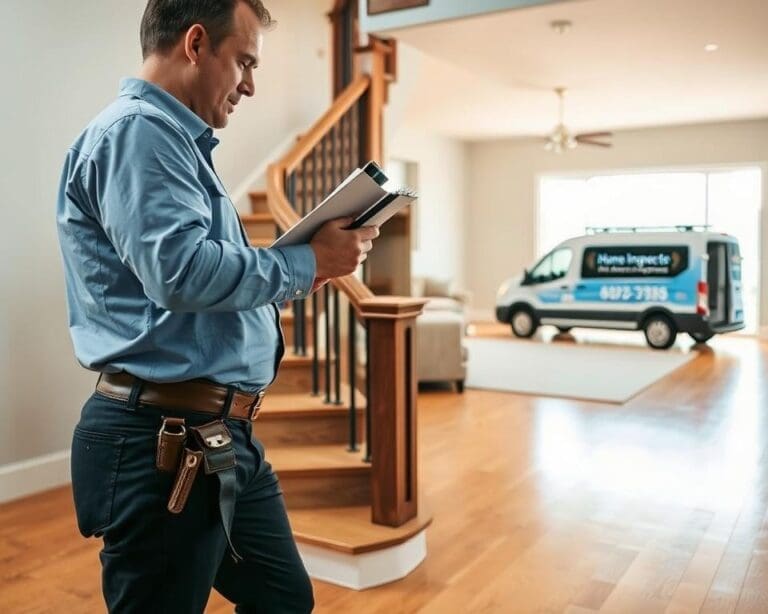As the world grapples with an escalating housing crisis, the question arises: can 3D printing solve global housing shortages? This innovative technology holds significant potential to address the pressing need for affordable and sustainable housing solutions, especially in countries like the United Kingdom. With rising property prices and a dire lack of available homes, the intersection of technological advancement and housing solutions becomes increasingly important. By exploring the capabilities of 3D printing for housing crisis management, we can uncover how this revolutionary approach may provide much-needed relief to communities in distress.
The Global Housing Crisis: An Overview
The ongoing global housing crisis represents a critical issue that affects millions. Addressing the gaps between housing supply and demand has become urgent, particularly in the UK, where tackling housing shortages is necessary for community well-being and economic stability. Innovative housing solutions must be explored to ensure we find effective approaches to this persistent challenge.
Current Housing Shortages in the UK
In the United Kingdom, a significant number of people face housing shortages. Statistics reveal a stark increase in demand that far outpaces supply, leading to rising property prices and limited availability of affordable homes. This imbalance highlights the need for immediate action and the exploration of novel strategies, including those that focus on world housing crisis resolution through technology and policy reform.
Factors Contributing to the Housing Shortage
Several key factors have exacerbated the housing shortage in the UK:
- Population Growth: An increasing population fuels demand for housing, straining existing resources.
- Rising Property Prices: As costs escalate, many individuals and families find home ownership increasingly unattainable.
- Inadequate Building Policies: Regulatory challenges hamper the ability to construct new homes quickly and efficiently.
These elements collectively intertwine, creating an environment where innovative housing solutions are not just an option but a necessity for tackling the housing crisis effectively.
The Impact on Communities and Individuals
The repercussions of housing shortages resonate throughout communities and affect individuals on various levels. Mental health is often compromised as people struggle with housing insecurity, leading to a sense of instability and anxiety. Homelessness becomes an all too common outcome for many, underscoring the urgent need for effective solutions. The social fabric of communities is at stake, prompting an immediate call to action to seek innovative housing solutions that can restore stability and improve lives.

Can 3D printing solve global housing shortages?
As the quest for effective solutions to the housing crisis intensifies, the 3D printing construction process emerges as a potential game changer. This innovative technology for housing shortage promises to revolutionise traditional building methods, offering rapid and efficient construction options that could reshape communities around the globe.
How 3D Printing Works in Construction
The 3D printing construction process involves creating structures layer by layer using computer-assisted design (CAD) software. This method begins with digital models that guide the printer in depositing materials, such as concrete, precisely where needed. Various techniques within this process include:
- Concrete extrusion – A widely used method where concrete is pushed through a nozzle to form walls and foundations.
- Robotic arms – Utilised for more complex designs, these machines can manoeuvre with high precision to build intricate shapes.
- Materials innovation – Incorporating eco-friendly and versatile materials to enhance sustainability while maintaining structural integrity.
Case Studies of 3D Printed Homes
Several pioneering projects showcase the potential of this technology for housing shortage. One notable example is ICON, a company based in Austin, Texas, which has successfully implemented 3D printing to construct affordable homes. Their advancements have demonstrated significant reductions in both time and cost, allowing for completion in a matter of days compared to traditional methods. These case studies not only highlight the impressive efficiency of the 3D printing construction process but also inspire confidence in its application as a viable solution to housing needs.
Innovative Housing Solutions through 3D Printing
The advent of 3D printing technology heralds a new era in the construction industry, particularly in addressing contemporary housing challenges. Innovative housing solutions emerge from the ability to design and build homes that resonate with the specific needs of families. With this technology, customisation in construction becomes more feasible, allowing for unique designs that reflect personal preferences and requirements.
Customisation and Design Flexibility
Gone are the days of generic housing designs that fail to cater to individual tastes. 3D printing offers unparalleled design flexibility, enabling architects and builders to create bespoke homes tailored to diverse family structures. This approach promotes not just aesthetic appeal, but functional adaptation, ensuring that every space serves its intended purpose effectively. Families can finally embrace the opportunity to manifest their vision of home, emphasising comfort and personal flair.
Streamlined Construction Processes
The efficiency of 3D printing significantly transforms construction processes. Traditional methods often come with lengthy timelines and excessive material waste. With design flexibility with 3D printing, the construction phase accelerates, allowing for rapid assembly and reduced labour costs. This transformation can lead to faster project completion, ultimately making innovative housing solutions more accessible to a broader audience.
Affordable Homes with 3D Printing Technology
The landscape of home construction is evolving rapidly, especially with the introduction of 3D printing technology. This method presents a promising solution for creating affordable homes with 3D printing. Building houses using this innovative technique offers significant advantages, particularly in cost and efficiency.
Cost-Effectiveness Compared to Traditional Building Methods
The cost-effectiveness of 3D printing cannot be overstated. Traditional building methods often involve lengthy timelines and substantial material expenses. In contrast, 3D printing streamlines the construction process, leading to reduced labour costs and significantly shorter build times. By using advanced technologies, construction companies can create structures more economically, allowing for the delivery of affordable homes with 3D printing that meet the needs of those most affected by housing shortages.
Funding and Economic Considerations
To facilitate the adoption of 3D printed homes, economic considerations for housing must be integrated into funding strategies. Investing in such projects requires collaboration between governments, private investors, and non-profit organisations. Establishing public-private partnerships can pave the way for financing solutions that make affordable homes with 3D printing accessible to low-income families. By prioritising these collaborations, stakeholders can enhance housing availability, ultimately addressing the pressing issue of affordability in today’s housing market.
Sustainable Housing Solutions with 3D Printing
The exploration of sustainable housing solutions through 3D printing reveals a promising future for construction that prioritises both innovation and environmental responsibility. By harnessing advanced technologies, the industry can redefine how homes are built, ultimately leading to a greener planet.
Eco-Friendly Materials and Processes
Utilising eco-friendly building materials is crucial in the quest for sustainable housing solutions. 3D printing technology enables the use of recycled plastics and bio-based composites, which significantly reduce the ecological footprint associated with traditional construction methods. These materials are not only sustainable but also demonstrate durability and efficiency in the building process. Emphasising the transition to renewable resources, this approach fosters an industry that values the planet and its inhabitants.
Long-Term Benefits for the Environment
Many environmental benefits of 3D printing extend beyond immediate construction practices. This innovative method can lead to reduced energy consumption during the building phase, decreasing the overall carbon emissions typically associated with housing development. Furthermore, 3D printing procedures result in minimal waste generation, addressing the growing concerns about construction debris. By integrating these sustainable practices into regular building operations, a shift towards eco-friendly housing can contribute substantially to sustainable development goals.
The Future of Construction with 3D Printing
As we look towards the horizon of the future of construction with 3D printing, the possibilities appear both exciting and transformative. Advances in technology are paving the way for improved printing techniques, which will enable the creation of more intricate designs and structures that seamlessly blend aesthetics with functionality. The potential of 3D printing in housing extends beyond mere buildings; it envisions entire communities configured for sustainable living, adaptable to the evolving needs of urban populations.
One significant advantage this technology brings is the ability to utilise a broader range of materials, allowing for innovative building solutions that meet specific environmental standards. By leveraging eco-friendly substances and cutting-edge materials, the construction industry stands on the brink of a revolution that redefines our approach to building homes. With 3D printing, homes can be produced at scale, fundamentally changing the narrative surrounding housing shortages and making quality living spaces accessible to more individuals and families.
An additional advantage is the potential for mass production, leading to reduced construction time and costs. This acceleration means that not only can we build faster, but we can also respond more effectively to the urgent demand for housing that many communities face today. The future of construction with 3D printing hints at a shift in urban planning and architectural design, driving us toward more cohesive, livable environments that prioritise sustainability and social equity.
In essence, 3D printing stands as a beacon of hope amidst the housing crisis. By embracing this technology, we can foster a future where the potential of 3D printing in housing is realised, delivering innovative solutions that resonate with our collective aspirations for better living standards worldwide.









